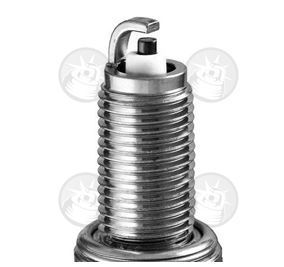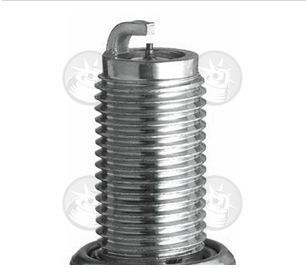Heat Range Explanation
Typically the heat range for NGK Spark Plugs varies from 2-11. This number indicates the thermal characteristics of a spark plug, or how ‘hot’ or ‘cold’ a spark plug is. The term hot/cold is commonly used to describe whether a spark plug heats up easily (hot) or whether it provides resistance to heating up (cold).
Generally, low power engines such as lawn mowers don’t produce a large amount of heat, hence use a low heat range (or hot) spark plug such as a 4 heat range. This means the spark plug will heat up easily and reach its optimal operating temperature. High performance engines on the other hand produce a large amount of heat, hence a high heat range (or cold) spark plug such as a 10 heat range needs to be used to resist the heat developed by the engine.
Several factors influence the heat range of a spark plug, although typically the insulator nose design provides an indication of the heat range of a spark plug.
When a spark plug absorbs heat produced from combustion, the heat is transferred through the centre electrode and insulator nose to the metal shell, which then transfers the heat into the engine casing and circulating coolant.
A low heat range (or hot) spark plug typically has a long thin insulator nose which will heat up easily however will not dissipate readily to the metal shell (above left). Conversely, a high heat range (or cold) spark plug has a short thick insulator nose which will dissipate heat much easier (above right).
When the heat rating is too high:
The spark plug temperature remains too low and causes deposits to build up on the firing end; the deposits offer an electrical leakage path that gives rise to loss of sparks.
When the heat rating is too low:
The spark plug temperature rises too high and induces abnormal combustion (pre-ignition): this leads to melting of the spark plug electrodes as well as piston seizure and erosion.


























